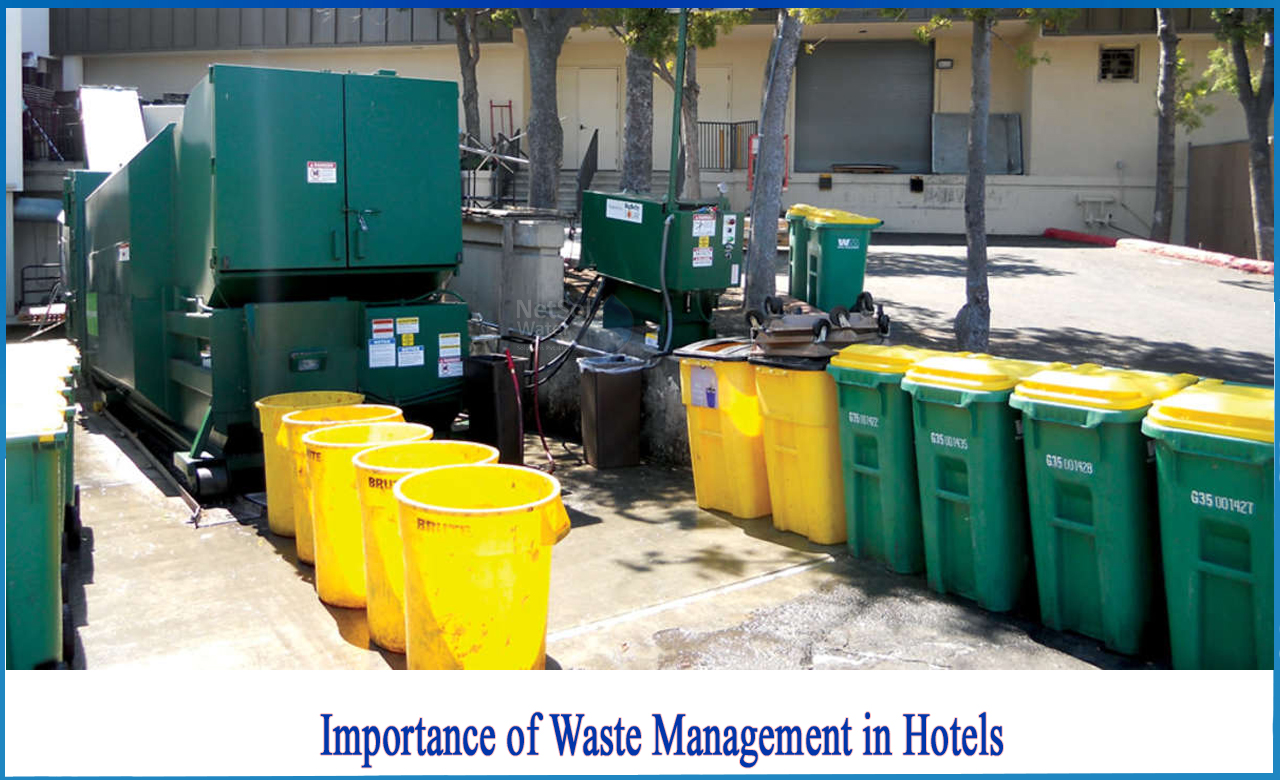A Biased View of Reclaim Waste
A Biased View of Reclaim Waste
Blog Article
Some Known Details About Reclaim Waste
Table of ContentsThe Reclaim Waste PDFsThe 9-Minute Rule for Reclaim WasteThe Greatest Guide To Reclaim WasteOur Reclaim Waste DiariesThe Ultimate Guide To Reclaim Waste
Check out the kinds, occurrences, and forms of liquid waste. Residential sewage waste describes the waste and products from a domestic septic system. This type of waste is produced by people in houses, schools, and other buildings. This only consists of sewage-disposal tanks that have a drainpipe area. The proper management and disposal of domestic sewage waste call for fluid waste to be moved to a sewage therapy plant where the correct techniques and tools are applied to purify and dispose of waste.
Commercial waste frequently includes possible risks, such as combustible materials or a blend of liquid and solid waste items, and calls for an advanced and in-depth disposal process. The disposal of business waste commonly involves the filtration of waste prior to transport to guarantee safe and appropriate disposal. Hazardous waste is produced from by-products and drainage of commercial procedures and manufacturing.
This type of waste can not use the exact same sewer management transport or procedures as septic or industrial liquids. The commercial waste monitoring procedure calls for the examination and screening of liquid waste before it undertakes the disposal procedure (liquid waste removal). Runoff waste is the liquid waste that comes from runoff and excess stormwater in highly booming locations or cities
Drainage waste can cause contamination and flooding if not handled correctly. Guaranteeing appropriate waste monitoring can prevent catastrophes and minimize ecological injury.
5 Easy Facts About Reclaim Waste Shown
Contact PROS Solutions today to find out about our waste monitoring and disposal solutions and the proper methods to look after the liquid waste you generate.
(https://sitereport.netcraft.com/?url=https://reclaimwaste.com.au)Do you recognize what happens to your water when you disengage, flush the commode or drain pipes the cleaning maker? No? Well, it's worth knowing. This supposed 'wastewater' is not just a crucial resource however, after therapy, will be released to our land, waterways or the ocean. Made use of water from toilets, showers, bathrooms, cooking area sinks, laundries and industrial processes is called wastewater.

water utilized to cool down machinery or tidy plant and tools). Stormwater, a form of wastewater, is drainage that streams from agricultural and metropolitan areas such as roofing systems, parks, gardens, roadways, paths and rain gutters right into stormwater drains pipes, after rainfall. Stormwater flows without treatment directly to neighborhood creeks or rivers, at some point reaching the ocean.
How Reclaim Waste can Save You Time, Stress, and Money.
In Queensland, a lot of wastewater is dealt with at sewer treatment plants. Wastewater is delivered from residential or industrial websites via a system of drains and pump terminals, known as sewage reticulation, to a sewer treatment plant.
The Division of Natural Resources encourages regional governments regarding managing, operating and maintaining sewage systems and treatment plants. In unsewered areas, city governments may need homeowners to install individual or house sewage therapy systems to deal with residential wastewater from toilets, kitchens, bathrooms and laundries. The Division of Natural Resources authorizes the usage of household systems when they are verified to be reliable.
Most stormwater receives no therapy. In some new neighborhoods, therapy of some stormwater to eliminate trash, sand and gravel has actually begun utilizing gross pollutant catches. Wastewater therapy occurs in four stages: Removes strong issue. Larger solids, such as plastics and various other things mistakenly released to sewers, are eliminated when wastewater is passed through screens.
Wastewater then streams right into big tanks where solids settle and are eliminated as sludge. Oil and residue are skimmed from the surface. Utilizes little living microorganisms referred to as micro-organisms to damage down and remove continuing to be dissolved wastes and fine particles. Micro-organisms and wastes are incorporated in the sludge. Removes nitrogen and phosphorus nutrients that might cause algal blossoms in our waterways and endanger aquatic life.
The smart Trick of Reclaim Waste That Nobody is Discussing
Nutrient removal is not readily available at all sewage treatment plants because it requires pricey specialised tools. Clear fluid effluent created after treatment might still have disease-causing micro-organisms - liquid waste removal melbourne.

Many wastewater flows right into the sewage system. Under the Act, regional governments provide approvals and licences for ecologically appropriate tasks (Ages) entailing wastewater releases that could have a local influence.
Reclaim Waste Can Be Fun For Everyone
Monitoring offers accurate info regarding water high quality and can verify that permit conditions are being satisfied. The info acquired with tracking supplies the basis for making water high weblink quality decisions.
Report this page